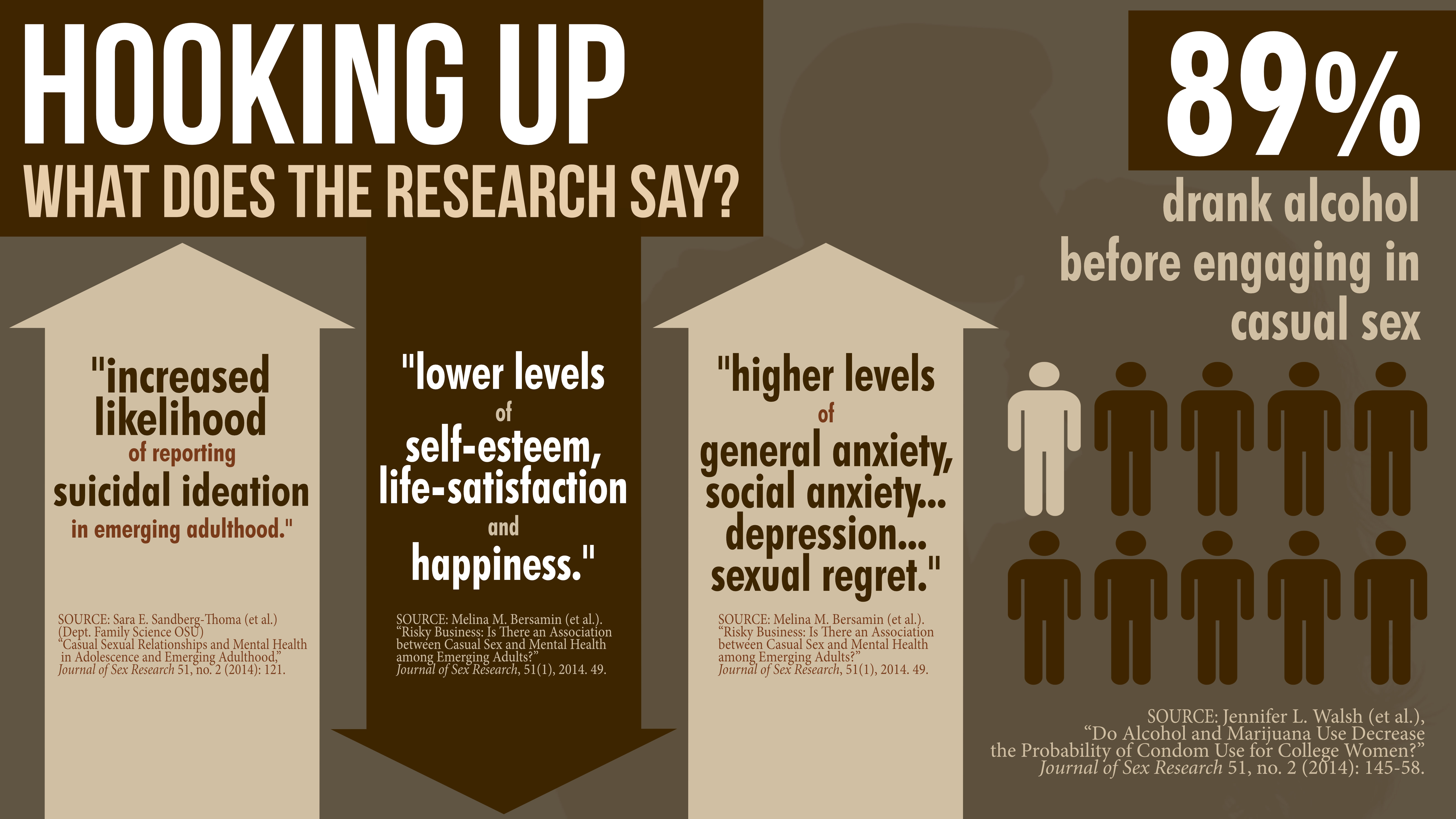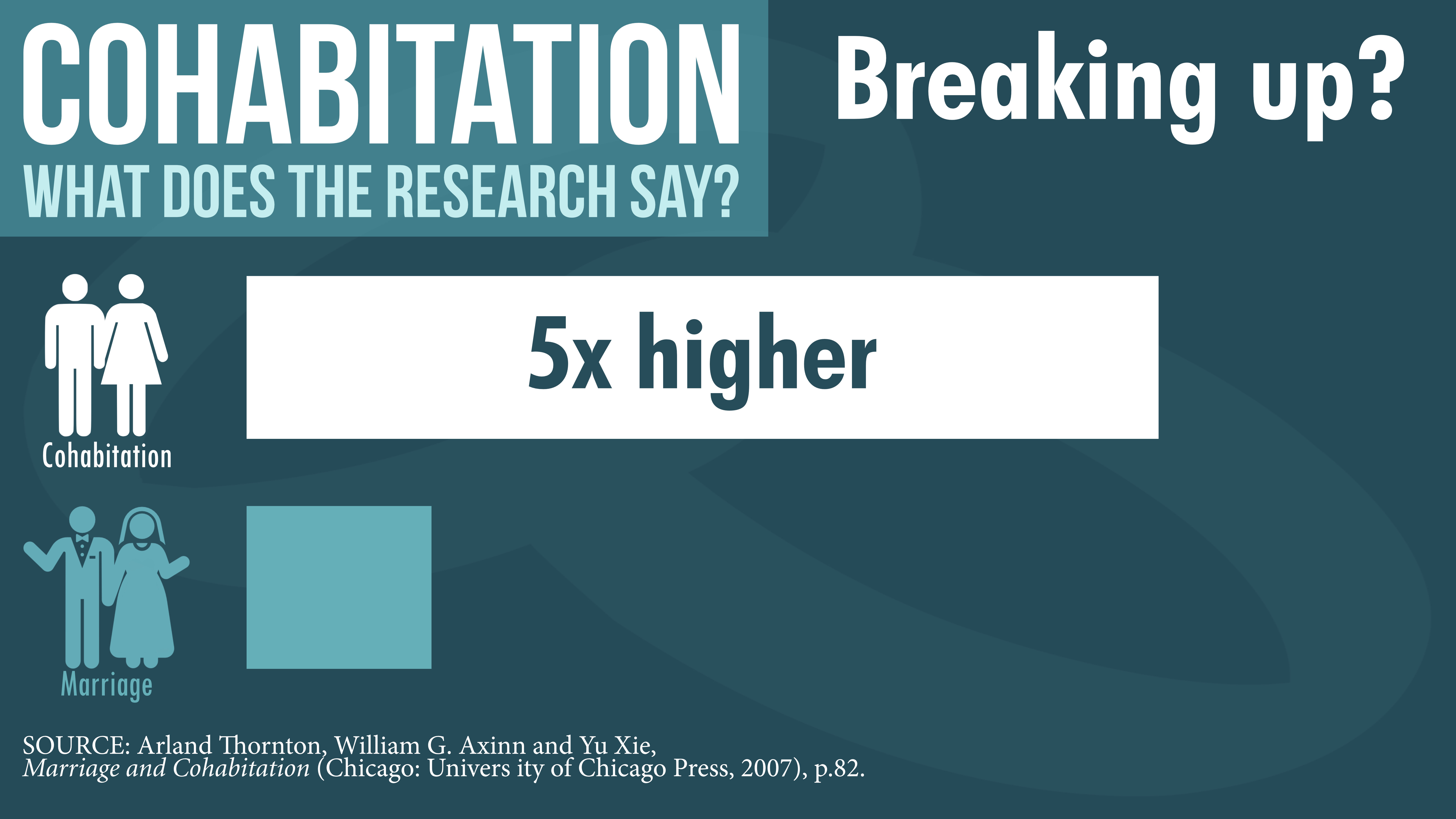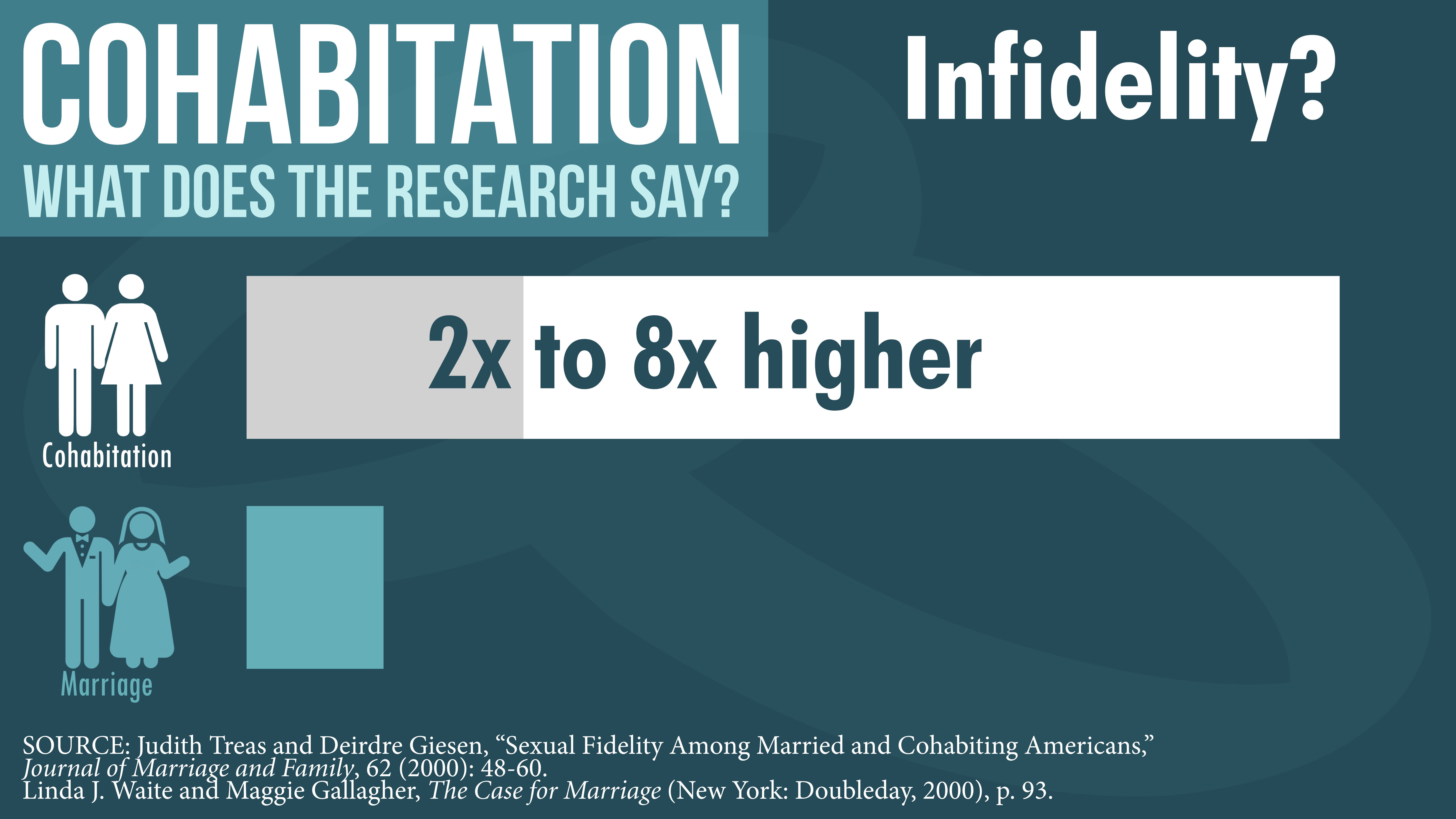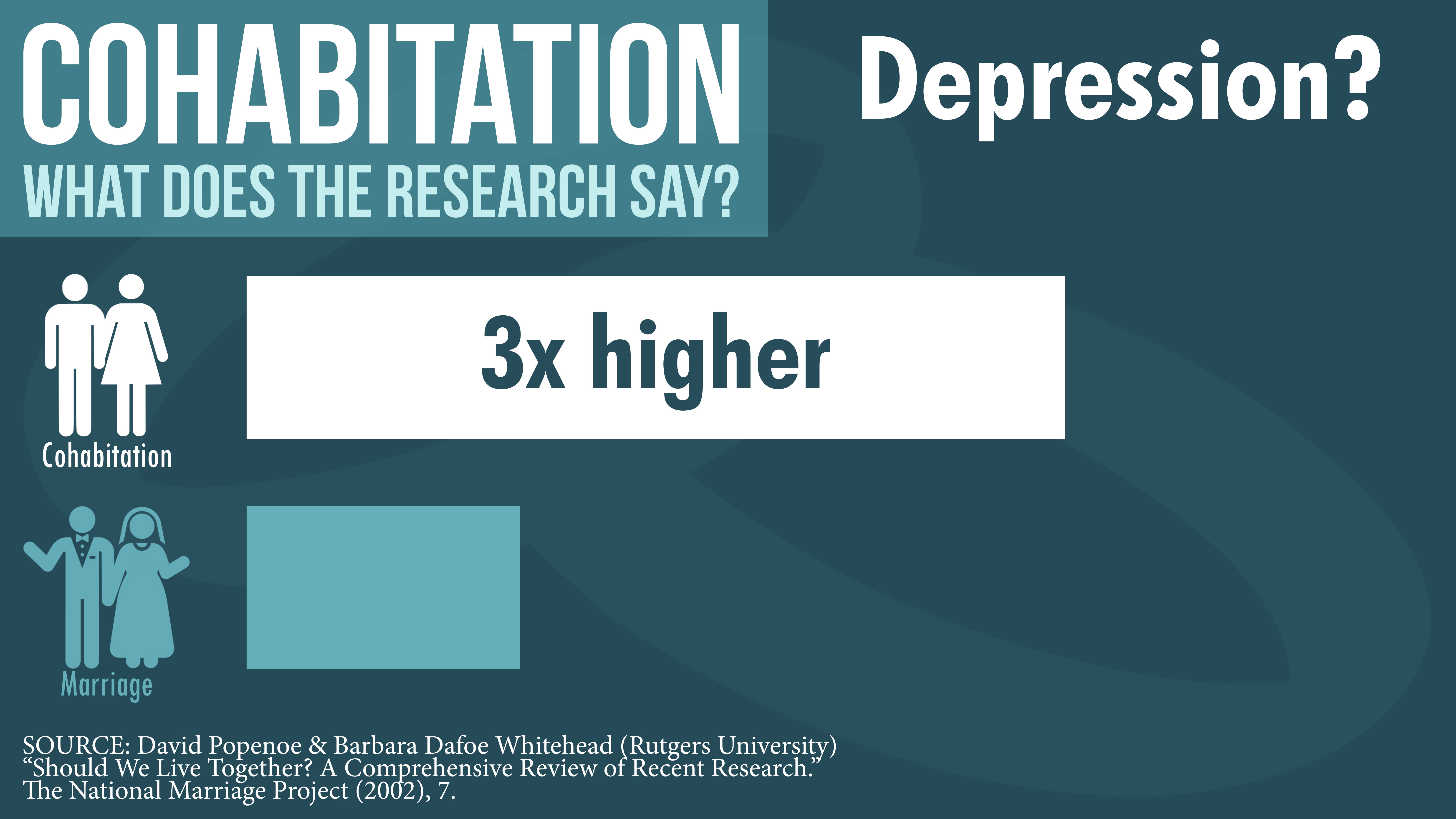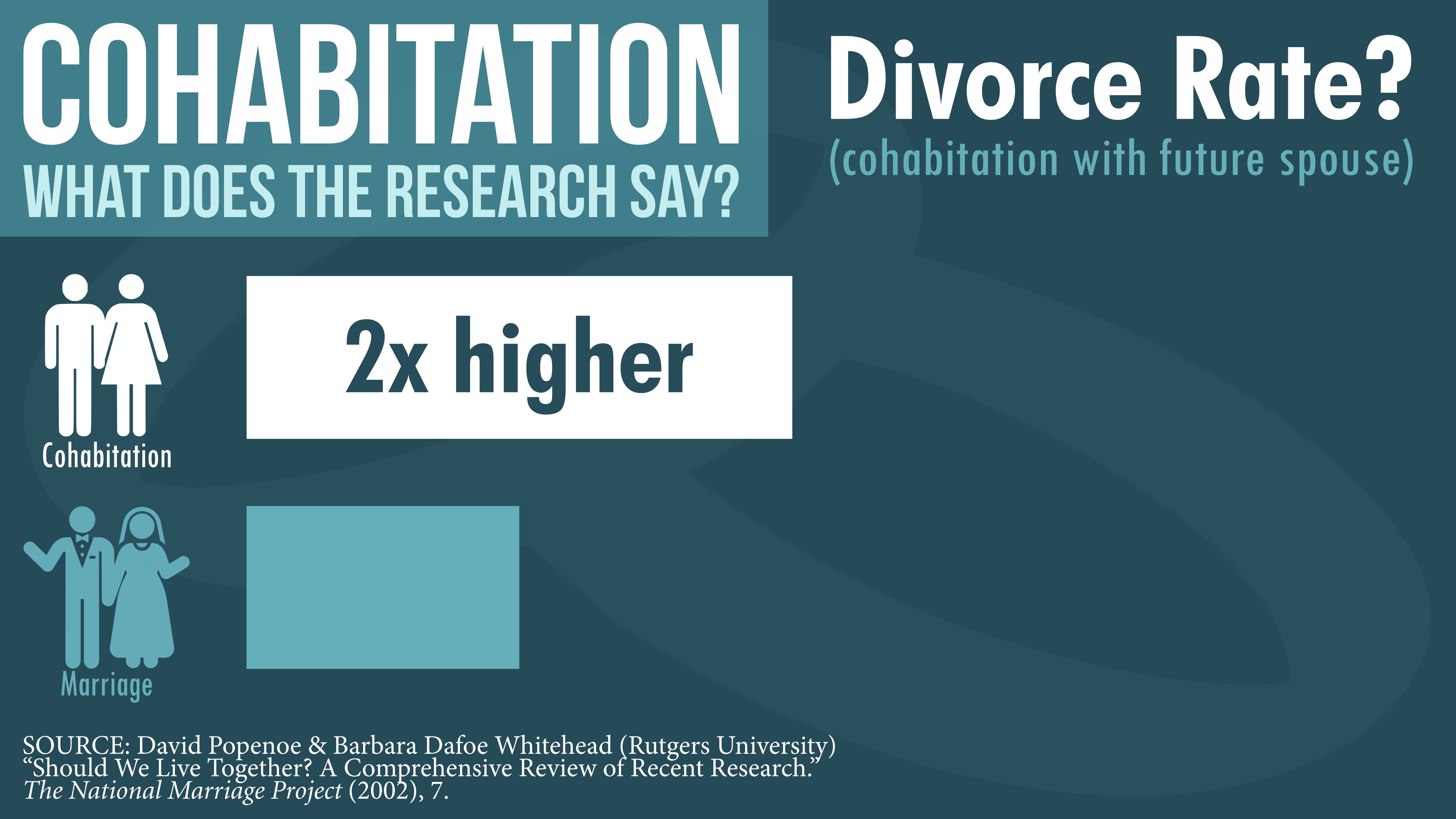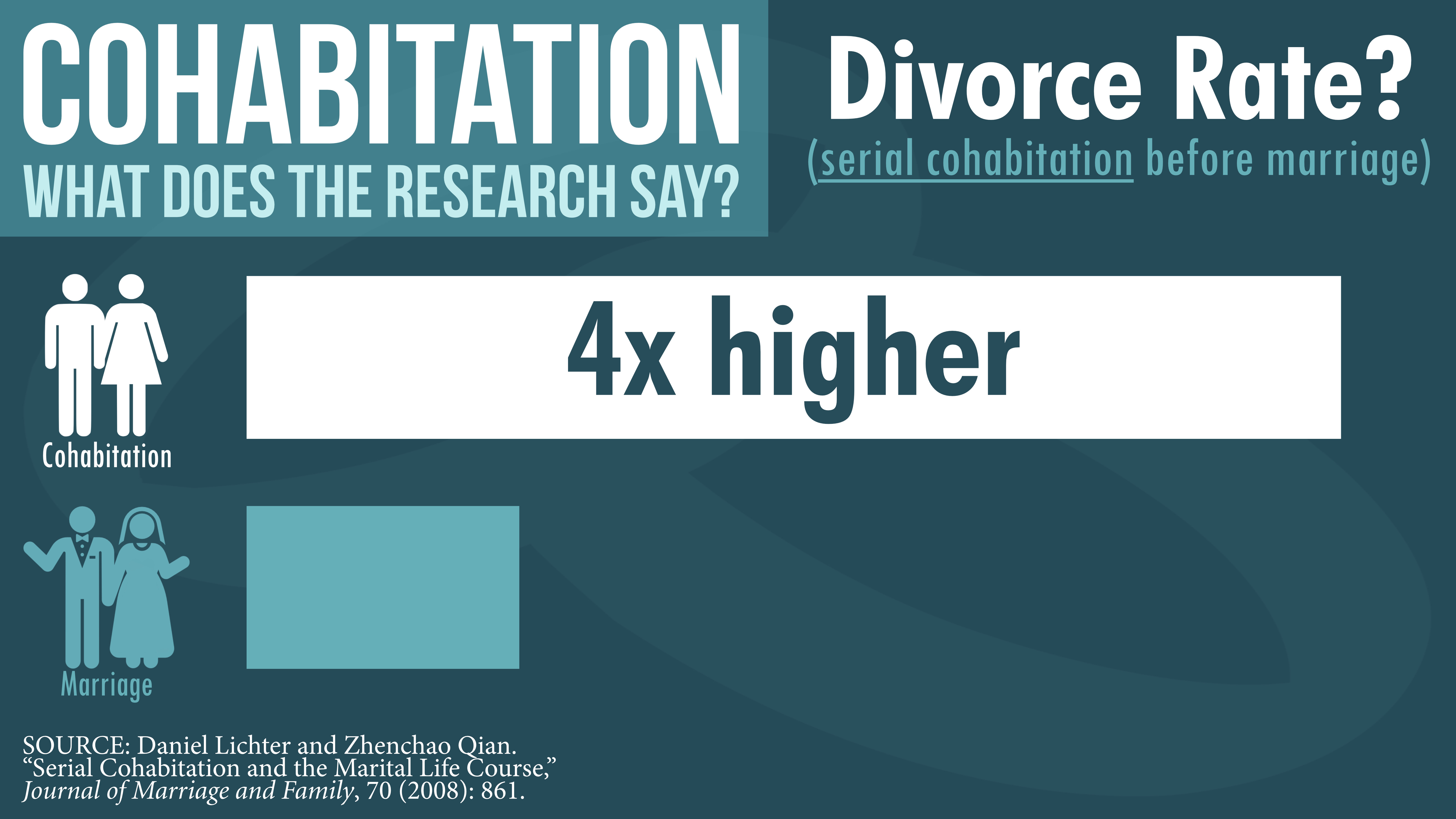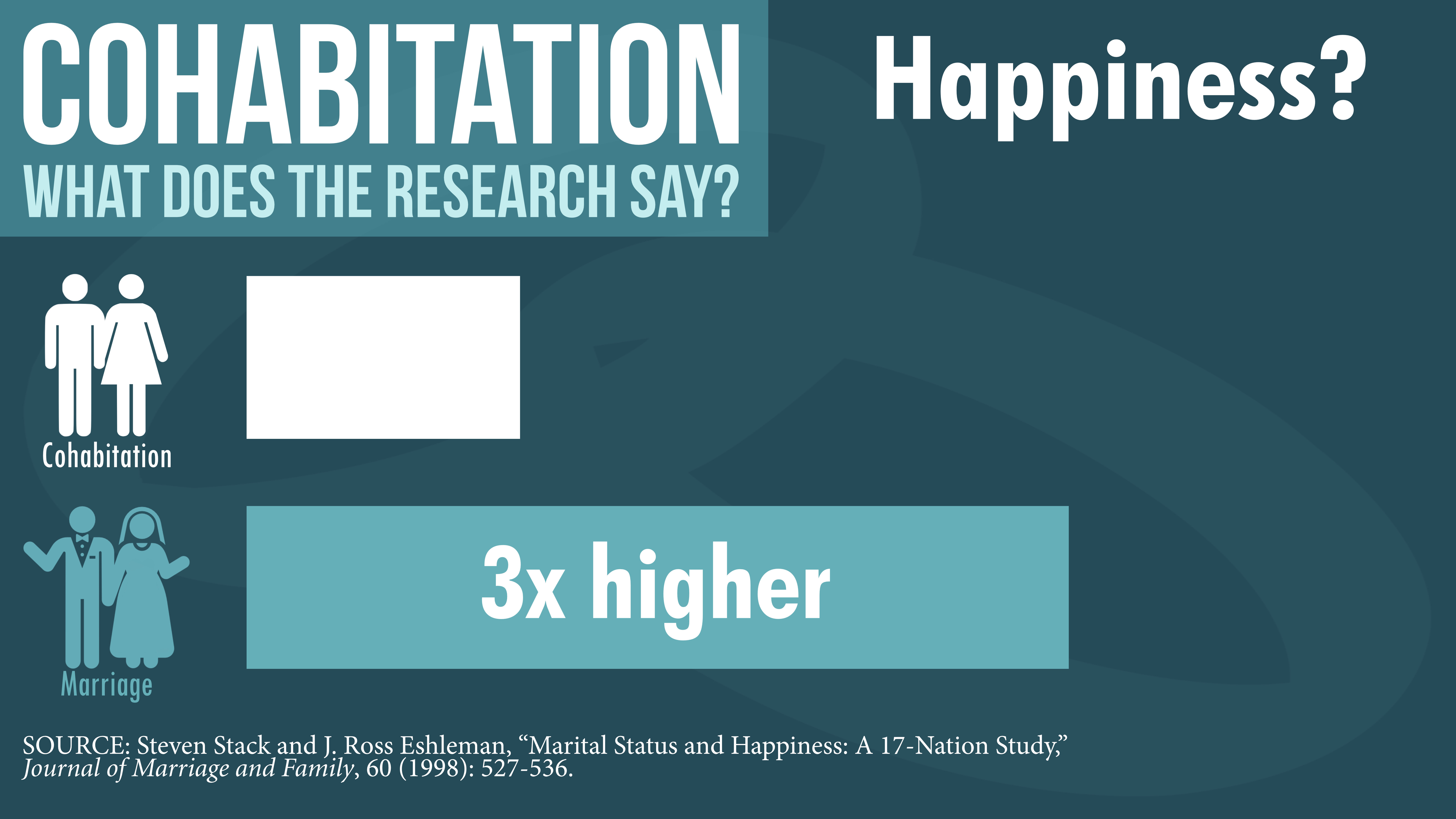 The God of the Bible is definitely pro-sex. He invented it. He designed it. We are the beneficiaries of his magnificent gift. We can’t imagine God seeing the first humans having sex and saying, “How did they figure out how to do that?! Oh noooo!”
The God of the Bible is definitely pro-sex. He invented it. He designed it. We are the beneficiaries of his magnificent gift. We can’t imagine God seeing the first humans having sex and saying, “How did they figure out how to do that?! Oh noooo!”
Who are we kidding? God designed and invented sex for us: to reveal his love for us (Eph. 5:31-32), to create life (Gen. 1:28), to build unity (Gen. 2:24), and to give us pleasure (1 Tim. 6:17).
Is the Bible prudish about sex?
Not at all. In fact, the Bible is a very sexy book! Don’t believe me? Try reading the Song of Solomon in a public setting without blushing.
(Song of Solomon 2:6 NET) “His left hand caresses my head, and his right hand stimulates me.” The Hebrew term “stimulate” (khavaq) means to “sexually stimulate” (Prov. 5:20). The term refers to an “expression of love by the position or action of one’s hands.”[1]
(Song of Solomon 5:4) “My beloved extended his hand through the opening, and my feelings (me’eh) were aroused for him.” Tremper Longman writes, “The noun hand, said to be thrust through the hole itself, is used occasionally in Hebrew for the male penis (Isa. 57:8–10)… This viewpoint is supported by the woman’s reaction. The term innards (meʾah) has the broad connotation of the interior or exterior abdominal area, but most commentators recognize that the woman’s lower erogenous zone is the referent here. In response to the man’s thrust of his hand, these innards roil or, as Pope translates ‘seeth,’ toward him.”[2]
(Song of Solomon 5:14) “His hands are rods of gold set with beryl; his abdomen (me’eh) is carved ivory inlaid with sapphires.” According to the NET note, the Hebrew term “abdomen” (me’eh) can be translated as (1) womb,[3] (2) inward parts,[4] (3) the external stomach, or (4) a man’s loins.[5] Clearly, Solomon cannot be referring to the man’s “womb,” nor can he be referring to his “inward parts” being made out of “sapphires.” Almost all translations render this term as “abdomen” or “stomach.” Yet if this is the case, then this would be the only time this term is translated this way in the entire OT! Instead, the word is parallel to the woman’s “inward parts” (me’eh) being “aroused” (see v.4). Dan Allender and Tremper Longman write, “The Hebrew is quite erotic, and most translators cannot bring themselves to bring out the obvious meaning.”[6] Tremper Longman writes, “The woman’s description of the man’s physical beauty continues with her praise of his arms and, then, his sexual organ… When one thinks of ivory, one thinks of a tusk of ivory, an object that could easily have erotic connotations… In such an erotic poem, the line at the least is suggestive of, if not explicitly referring to, the man’s member, and thus it is to be compared to the well-garden imagery in 4:12-13. The word that we are here translating as member (meʾeh) also had an erotic sense in regard to the woman in 5:4.”[7]
(Song of Solomon 7:7-8 NLT) “You are slender like a palm tree, and your breasts are like its clusters of fruit. I will climb the palm tree and take hold of its fruit.” To put this in modern terms, Solomon is saying, “Baby, I want to touch your melons!”
You might be uncomfortable reading this. But remember, this isn’t pornographic literature: it’s from the Bible! In the ancient Near East, writers usually objectified the beauty of women—not the men.[8] Moreover, women rarely—if ever—had a voice regarding sex. Yet, in the Song of Solomon, the woman speaks more frequently than the man, and we read erotic language that sounds like conversation from a modern day bachelorette party! (Not that I’ve ever been to one…). These passages are so erotic even biblical scholars hesitate to translate or teach the meaning of these texts.
In the Old Testament (OT), God encouraged the first humans to be “fruitful and multiply” (Gen. 1:28). This command from God existed before sin entered into the world. In the OT civil law, we read, “A newly married man must not be drafted into the army or be given any other official responsibilities. He must be free to spend one year at home, bringing happiness to the wife he has married” (Deut. 24:5 NLT). In other words, newly married couples should have a year of marital “happiness” before a man was allowed to be drafted into the military.
In the New Testament (NT), Paul tells Christian married couples to “stop depriving one another” of sex (1 Cor. 7:5). This is one of the funnier “one another” passages in the Bible, and it demands our consideration. God wants married couples to experience the pleasure and unity of sex, and they should engage in it regularly.
God’s Design for Sex: Marriage
(Gen. 1:27) “God created man in His own image, in the image of God He created him; male and female He created them.”
(Gen. 2:24-25) “A man shall leave his father and his mother, and be joined to his wife; and they shall become one flesh. And the man and his wife were both naked and were not ashamed.”
God designed sex to be reserved for the safety and security of marriage. God created us with gender (“male and female” Gen. 1:27), and he designed it so we would leave our “father” (singular) and “mother” (singular) to be joined to our “wife” (singular). We could summarize the biblical teaching on marriage in this way: “Marriage is a total commitment between one man and one woman, to become one flesh, for one lifetime.” All other expressions of sexuality are described in the NT as porneia. This is the Greek root from which we get our modern term “porn.” Paul writes about porneia often and with emphatic language:
(1 Cor. 6:13) The body is not for immorality [porneia].
(1 Cor. 6:18) Flee immorality. Every other sin that a man commits is outside the body, but the immoral man sins against his own body.
(Gal. 5:19) Now the deeds of the flesh are evident, which are: immorality, impurity, sensuality.
(Eph. 5:3) Immorality or any impurity or greed must not even be named among you, as is proper among saints.
(1 Thess. 4:3) This is the will of God, your sanctification; that is, that you abstain from sexual immorality.
Lest we think that this original design has been done away with, we should note that Jesus affirmed God’s original design for sex by quoting these two passages (Mt. 19:4-5), as did Paul (1 Cor. 6:16).
Becoming “one flesh”
(1 Cor. 6:16-17) “Do you not know that the one who joins himself to a prostitute is one body with her? For He says, ‘The two shall become one flesh.’ But the one who joins himself to the Lord is one spirit with Him.
Notice the parallelism in Paul’s statement above: “joining ourselves” to a person sexually is compared to being “one body” and also “one spirit.” From this, we see that sex is not merely a physical act, but also a deeply spiritual one—a bonding of both body and soul. Incidentally, complex chemical reactions occur during sex that suggest that we were designed to bond with our sexual partner in this way.
Oxytocin is a hormone released during childbirth and nursing that helps a mother to bond with her child. Interestingly, this same chemical is released for women during sex. Jennifer Roback Morse (a professor at Yale and researcher at Stanford) writes, “The human tendency to attach to our sexual partners is built into our biochemistry and is more than simply cultural conditioning… The basic desire to connect to one’s sexual partner has deep physiological roots.”[9] She continues, “Few such couples realize that their hormones may create an ‘involuntary chemical commitment.’”[10]
Vasopressin is a hormone released when men have sex, which also stimulates bonding with the woman and his offspring. Consequently, Miriam Grossman (psychiatrist at UCLA) writes, “You might say we are designed to bond.”[11]
Why does the Bible limit sex to marriage?
All worldviews place limits on sex. Even the most sexually uninhibited people will place at least some boundaries on sex (e.g. non-consensual sex, pedophilia, necrophilia, etc.). This is because sex is not a morally neutral act. While sex is surely pleasurable, it cannot be reduced to mere physical gratification.
For example, when a man cheats on his wife, the wife is never happy that her husband got to experience the pleasure of another woman. Why not? If sex was merely a non-moral act of personal enjoyment, then she would be pleased that her husband had a great night of physical pleasure; if sex was merely an exchanging of fluids, then a quick shower would resolve the residual effects of a one-night stand. But clearly this is not the case!
Since all worldviews place some sort of moral boundaries around sex, then the question is not, “Why does the Bible place moral limitations around sex?” Instead, the question is, “Why does the Bible place specific moral limitations around our sex?”
The reason is simple: For our benefit!
Biblical boundaries are based on our design, and they are for our benefit. If we tried to use our car as a boat, we would run into major problems. Why? Because a car was never designed to function as a boat. (In fact, it would function more like an anchor!) Similarly, when we break from God’s design for sex, we face all of the consequences and damage that come along with it. One author rightly said, “Nobody ever broke the law of God. You break yourself against the law of God… You don’t break the law of gravity. You break your neck.”[12] While God completely forgives believers for our sins through Christ (Rom. 8:1), he doesn’t protect us from their consequences (Gal. 6:7; Heb. 12:14-17; Col. 3:25). When we live apart from our Creator’s design, we hurt ourselves and others.
Consider an illustration. Fires can only be safely nurtured in specific places and with clear boundaries (e.g. a fire place). Depending on its setting, a fire could either warm us or severely harm us. A fire in a hearth is enjoyable and pleasurable for us on cold nights, but a fire spreading through our house is destructive. Similarly, the Bible teaches that sex should be limited to the safety and security of marriage—the hearth around the proverbial fire. Without the security of marriage, a beautiful and pleasurable act like sex can leave us deeply wounded. Only in the commitment of marriage are we truly engaging in “safe sex.”
Without marriage, we only experience sexual intimacy—not true intimacy. We typically refer to sex as “going all the way” or “sealing the deal.” But these expressions don’t really go far enough.[13] Marriage truly “goes all the way,” making a commitment in all areas of life: physical, spiritual, financial, emotional, etc. William Beardslee (a professor of psychiatry at Harvard) writes, “It’s hard to believe true sexual intimacy is unconnected from personal intimacy.”[14] We wholeheartedly agree! We cannot expect to have true intimacy without committing ourselves fully in all areas of our lives.
Modern Culture and Its Effect on our View of Sex
An old proverb states, “If you want to know what water is like, then you shouldn’t ask a fish.” Why shouldn’t you ask a fish? Well, for one, fish don’t know how to talk, so this would be stupid. But more importantly, you don’t ask a fish about water because that is all they’ve ever known.[15]
Similarly, we are steeped in cultural views about sex and romance that we often don’t even realize. For us, these cultural views are simply the air that we breathe—not realizing that we are being slowly asphyxiated in the process. As Nancy Pearcey wisely observes, “The most powerful worldviews are the ones we absorb without knowing it. They are the ideas nobody talks about—the assumptions we pick up almost by osmosis.”[16]
We see no problem with romantic love—especially toward the beginning of a relationship. The problem with romantic love is not that it goes too far, but rather that it doesn’t go far enough. After years in a relationship, we may have little to no romantic feelings toward our spouse. This could be why people sometimes say that they “fell out of love” with one another—namely, love is simply a romantic feeling.
Consider some of the ways that our culture influences the way that we think about sex and romance.
(1) MOVIES influence the way that we think about sex and romance
A team of researchers studied 40 of the top box office romantic films released between 1995 and 2005 to establish common themes.[17] They found nearly universal concepts throughout these films:
- We are predestined to find our one “soul mate.”
- This person should know us so well that they can “almost read our minds.”
- The concepts of “investing time and energy” into a relationship were “not themes that are popular in Hollywood films.”
Dr. Bjarne Holmes—the lead researcher—stated, “We now have some emerging evidence that suggests popular media play a role in perpetuating these ideas in people’s minds. The problem is that while most of us know that the idea of a perfect relationship is unrealistic, some of us are still more influenced by media portrayals than we realise.”
How true! In romantic films, the couple typically overcomes obstacles to find each other and get married. By the end of the film, the couple says “I do,” and the screen goes dark as the credits roll… But for those who are married, we know that this is not the end of the journey, but only the beginning. When we get married, we suddenly realize how difficult it is to love a sinful person unconditionally—even as they try to love a sinful person like us unconditionally.
(2) REALITY TV influences the way that we think about sex and romance
The reality TV shows The Bachelor and The Bachelorette have continued to be popular since 2003. Yet only eight out of the thirty-seven couples are still together today (2019).[18] This demonstrates that “reality TV” is actually quite far from reality.
(3) Musicians influence the way that we think about sex and romance
Singer-songwriters often capture the views of our culture in clever ways. They not only show us what we believe, but also shape our beliefs. Musicians explain sex and romance in a variety of ways, which range from idealistic to fatalistic—from intensely pleasurable to deeply painful:
Maroon 5 (“Animals”): “You can’t deny that beast inside.” [This implies that humans are mere animals, and like animals, we can’t control our instincts.]
Bruno Mars (“Gorillas”): “You and me, baby, making love like gorillas.” [This implies that human sexuality is no different than the other animal order.]
Robin Thicke (“Blurred Lines”): “You’re an animal, baby, it’s in your nature.” [This degrades women to mere animals.]
Lady Gaga (“Do What You Want”): “You can’t have my heart but do what you want (with my body).” [This separates intimacy from sex.]
Pitbull (“Give Me Everything”): “For all we know, we might not get tomorrow.” [This view seems existentialist in nature, implying that we should grab whatever pleasure we can before our time is up.]
Hozier (“Take Me to Church”): “My Church offers no absolutes… The only heaven I’ll be sent to is when I’m alone with you.” [Hozier espouses moral relativism, and he also compares the ecstasy of sex as a replacement for heaven.]
Sam Smith (“Stay With Me”): “Deep down I know this never works but you can lay with me so it doesn’t hurt.” [Sam Smith writes about not being “good at one-night stands.” This shows the brutal honesty of hookup culture.]
Sia (“Chandlier”): “Sun is up. I’m a mess. Gotta get out now. Gotta run from this. Here comes the shame. Here comes the shame.” [This gives us a window into the “shame” we feel after a one-night stand.]
Tove Lo (“Habits”): “Can’t go home alone again need someone to numb the pain.” [She seems to be saying that sex is a way to numb the pain in our lives.]
Tove Lo (“Talking Bodies”): “Bodies: Our baby making bodies we just use for fun.” [If our bodies are truly autonomous from God, then we should use them for whatever we want.]
Miguel (“Quickie”): “I don’t wanna be loved. I just wanna quickie… Don’t be offended babe by what I say. It’s just a game and how I play.” [Sex is separate from love. Sex is compared to a “game.”]
(4) Philosophical naturalism influences the way that we think about sex and romance.
Philosophical naturalism is the view that only nature exists. Under this view, we were not designed for any ultimate purpose, and therefore, no transcendent moral values or duties exist. From this, many naturalists have concluded that human sexuality is simply morally neutral:
Igor Primoratz (philosopher and research fellow at the University of Melbourne): “Sex has no special moral significance; it is morally neutral.”[19]
Joseph Mirasole (drummer for Bright Light Social Hour): “Sex isn’t inherently a huge step. At the end of the day, it’s a piece of body touching another piece of body—just as existentially meaningless as kissing.”[20]
Peter Singer (philosopher and ethicist at Princeton University): “Sex raises no unique moral issues at all. Decisions about sex may involve considerations of honesty, concern for others, prudence, and so on, but there is nothing special about sex in this respect, for the same could be said of decisions about driving a car. (In fact, the moral issues raised by driving a car, both from an environmental and from a safety point of view, are much more serious than those raised by sex.) Accordingly, this book contains no discussion of sexual morality. There are more important ethical issues to be considered.”[21]
Sigmund Freud (atheistic psychologist): “Only the weaklings have acquiesced in such a gross invasion of their sexual freedom.”[22]
Is it true that casual sex, one-night stands, and hookups are morally neutral? Or does this have a negative effect on our health and well-being?
Hookup Culture: What Does the Research Say?
Academic researchers and social scientists have produced an abundance of research regarding casual sex and hookup culture.
(1) Hookups are associated with suicidal ideation
Sara E. Sandberg-Thoma (Department of Human Development and Family Science at OSU) studied 12,401 college students. She measured “mental health prior to engaging in casual sexual relationships and subsequent mental health after engaging in these relationships.” She found that “suicidal ideation and depressive symptoms in adolescence were associated with entrance into casual sexual relationships in emerging adulthood” and “casual sexual relationships were associated with an increased likelihood of reporting suicidal ideation in emerging adulthood.”[23]
(2) Hookups are associated with less self-esteem, less happiness, more anxiety, more depression, and more regret
Melina Bersamin (Department of Child Development—California State University) writes, “College students who had recently engaged in casual sex reported lower levels of self-esteem, life-satisfaction, and happiness compared to those students who had not had casual sex in the past 30 days… College students who had recently engaged in casual sex reported higher levels of general anxiety, social anxiety, and depression compared to college students who had not had recent casual sex.”[24] She continues, “One study found that having sexual intercourse with someone only once or having sexual intercourse with someone known for less than 24 hours was significantly associated with feelings of sexual regret (Eshbaugh & Gute, 2008). Both men and women report sexual regret, albeit for different reasons, following casual sex encounters (Fisher et al., 2012). Feelings of sexual regret, and feelings of regret in general, have been linked to poor psychological outcomes, such as lower life satisfaction, loss of self-worth, depression, and physical health problems.”[25]
(3) Hookups are associated with having a lack of “purpose in life”
Dr. Robert Durant (American University) notes that “adolescents who were sexually active had significantly higher depression scores than nonsexually active subjects.” He adds that depression was “positively correlated with the number of partners in the previous 3 months.” He also points out that having a strong sense of “purpose in life” was “significantly negatively correlated with… the number of sexual partners in the previous 3 months.”[26] In other words, people that sleep around are not happier, but more depressed. Moreover, people who feel that they have a purpose to their lives don’t feel as strong of a desire to engage in casual sex.
(4) Hookups are most often preceded with alcohol
89% of people drank alcohol before having consensual sex with a stranger.[27] If casual sex is so liberating, why do people feel the need to drink before they do it?
Cohabitation: What Does the Research Say?
At this point, many readers will likely say, “I’m not the sort of person who wants to sleep with a total stranger at a party. I would only sleep with someone who is special to me.” Many people have adopted this view. Instead of getting married, many have turned to cohabitation—living together without getting married. According to a 2011 Pew Research Study, roughly two-thirds of Americans believe that cohabitation is a good step toward marriage.[28] Therefore, most young people believe that cohabitation is not only morally harmless, but actually helpful in preparing for marriage.
But what does the research say? Sadly, the square peg of this view does not fit the round hole of reality.
(1) Cohabitation leads to lower levels of dedication
When couples live together without getting married, it leaves the backdoor open for one of them to abandon the other. This leads to less dedication to their future spouse. Those in cohabiting relationships are five times more likely to break up,[29] and two to eight times more likely to experience infidelity.[30] Galena Kline Rhoades (professor of psychology at the University of Denver) writes, “Men who lived with their partner before engagement were significantly less dedicated than men who did not live with their partner until after engagement.”[31] Likewise, sociologist Wendy Manning (Bowling Green) writes, “Over 50% of cohabiting unions in the US, whether or not they are eventually legalized by marriage, end by separation within five years compared to roughly 20% for marriages.”[32]
(2) Cohabitation leads to higher levels of depression
Sociologists David Popenoe and Barbara Dafoe Whitehead (Rutgers University) write, “Annual rates of depression among cohabiting couples are more than three times what they are among married couples.”[33]
(3) Cohabitation leads to higher levels of alcoholism
Qing Li (University of North Dakota) writes, “Our evidence suggests that cohabitation is an important risk factor for hazardous drinking worldwide, not just in affluent areas of Europe and North America.”[34]
(4) Cohabitation leads to higher levels of spousal abuse
Sociologist David Popenoe and Barbara Dafoe Whitehead (Rutgers University) write, “[Women in] cohabiting relationships are about nine times more likely to be killed by their partner than are women in marital relationships.”[35]
(5) Cohabitation leads to higher levels of suicide
Arne Mastekaasa (sociologist at the University of Oslo) writes that the correlation between suicide and failure to marry is global, and it has “striking regularities across studies and… across national and cultural boundaries.”[36]
(6) Cohabitation leads to higher risks for children
According to the Center for Disease Control (CDC), 40% of women gave birth to their child out of wedlock in 2011.[37] Sadly, this is unhealthy for little children who need the support of both a mother and father. Popenoe and Whitehead write, “Fully three quarters of children born to cohabiting parents will see their parents split up before they reach age sixteen, whereas only about a third of children born to married parents face a similar fate… Several studies have found that children currently living with a mother and her unmarried partner have significantly more behavior problems and lower academic performance than children in intact families.”[38]
(7) Cohabitation leads to a higher risk of divorce or separation
One study states that cohabitation before marriage yields a 50% to 80% higher chance of divorce.[39] Other studies have found a 50%[40] or 65%[41] higher divorce rate. David Hall and John Zhao (University of Western Ontario) studied 8,177 individuals who were ever-married. They write, “Premarital cohabitors in Canada have over twice the risk of divorce in any year of marriage when compared with noncohabitors.”[42] Daniel Lichter and Zhenchao Qian (Cornell University and The Ohio State University) write, “If serial cohabitors married, divorce rates were very high—more than twice as high as for women who cohabited only with their eventual husbands.”[43] This is why Dr. Jay Teachman (Western Washington University) states that cohabitation is “one of the most robust predictors of marital dissolution that has appeared in the literature.”[44]
(8) Cohabitation has the worst effects on women
Women lose the most from cohabitation. Women in cohabiting relationships are more likely to believe they will get married someday, while men are more likely to think they are just having fun.[45] Since men commonly initiate engagement and marriage, the woman feels like she needs to do whatever she can to please her boyfriend to make him happy. Sadly, most of these relationships fall apart—after years of investment.
Summary: Cohabitation is bad for relationships
Thomson and Colella (University of Wisconsin-Madison) studied 13,000 adults in a nationwide study. They write, “Couples who cohabited before marriage reported lower quality marriage, lower commitment to the institution of marriage, more individualistic views of marriage (wives only), and greater likelihood of divorce than couples who did not cohabit. Effects were generally stronger for those who had cohabited for longer periods before marriage.”[46]
Sociologist David Popenoe (Rutgers University) writes, “No positive contribution of cohabitation to marriage has been ever been found. The reasons for a negative ‘cohabitation effect’ are not fully understood… It is reasonable to speculate, based on these studies, that once this low-commitment, high-autonomy pattern of relating is learned, it becomes hard to unlearn… After 5 to 7 years, 39% of all cohabiting couples have broken their relationship, 40% have married (although the marriage might not have lasted), and only 21% are still cohabiting.”[47]
Research psychologist Scott Stanley (University of Denver) writes, “Cohabitation prior to marriage has been consistently associated with poorer marital quality, lower marital satisfaction, higher levels of domestic violence, and greater probability of divorce.”[48]
We agree with the 2009 Encyclopedia of Human Relationships, which authoritatively states, “Many studies in the United States… find that couples who cohabit prior to marriage are more likely to have difficulties in their marriages, and to divorce. This phenomenon has been somewhat of a mystery for social scientists, and something that is barely believable to the average person. After all, most people, especially young people, assume that trying out living together should improve the odds of doing well in marriage. Yet no study supports this idea. On average, those who cohabit prior to marriage are more likely to divorce, are less happy in their marriages, have higher levels of conflict, and have less confidence about their futures.”[49]
Conclusion
Many young people yearn for a healthy marriage and family someday. In fact, the “desire of teenagers of both sexes for ‘a good marriage and family life’ has remained high over the past few decades.”[50] Yet the fear of divorce leads them to be inhibited. This leads to a vicious cycle: the fear of divorce leads to cohabitation, but cohabitation leads to divorce.
Other Common Objections to Marriage
Won’t marriage make me unhappy?
Many people in our culture believe that marriage will ruin their life. But the research denies this. Even with the terrible state of marriages in the United States, married people are still consistently happier than singles. Married couples are generally three times happier than cohabiting couples.[51] Psychologist Martin Seligman writes, “Unlike money, which at most has a small effect, marriage is robustly related to happiness.”[52] He notes that the National Opinion Research Center interviewed 35,000 people over 30 years, finding that 40 percent of married people considered themselves “very happy.” Only 25 percent of single people could say the same thing. According to Waite and Gallagher:
Married people have both more and better sex than singles do. They not only have sex more often, but they enjoy it more, both physically and emotionally, than do their unmarried counterparts… 43 percent of the married men reported that they had sex at least twice a week. Only 26 percent of single men (not cohabitating) said that they had sex this often… 39 percent of married women had sex two or three times a week or more, compared to 20 percent of single women.[53]
Sociologist Susan Brown (Bowling Green) writes, “Marital status is a key determinant of psychological well-being… Cohabitors report higher levels of depression than their married counterparts.”[54]
Why wouldn’t you take your significant other for a “test drive” before getting married?
People in our culture often note that you would never buy a car without giving it a test drive. In the same way, you shouldn’t commit to marriage without first having sex. While this view may seem reasonable at first, in reality, it is the kiss of death! As Solomon writes, “There is a way that seems right to a man, but in the end it leads to death (Prov. 14:12 NIV).
Many illustrations work for objects that don’t work well for relationships. For instance, it would make sense to sell or throw away your television if it wasn’t functioning properly. But, it wouldn’t make sense to throw out your children if they were misbehaving.
This illustration reduces marriage (a beautiful act) to buying a car from a used car salesman with pit stains in his shirt (an ugly act). When you’re buying a car, it makes complete sense to haggle and get what you want for cheap. However, this ethic does not work when applied to forming healthy relationships. Putting someone “on probation” for a couple of years gets your marriage off to a bad start. Instead of beginning it on the basis of commitment and trust, you begin instead on the basis of hesitation, suspicion, and doubt.
You don’t want an unexperienced sexual partner, do you?
When people say they want a sexually “experienced” mate, they often don’t realize what they’re asking for. Imagine preparing for marriage, and your fiancé sheepishly says, “I’ve never slept with a man before…” You tell her, “It’s okay, honey. How about you go out to the bars and sleep with a half dozen men before we get married. That way, you can get some sexual experience before our honeymoon!”
Of course, this would be insane! Again, figuring out sexual problems as a couple in the context of a committed relationship is the better route—far superior to passing your mate around to several other people first. Sexual problems are best dealt with in the context of a committed and safe relationship. Besides, having an immoral sexual experience with a woman doesn’t tell us about what our future sex life will look like for the next several decades of marriage anyhow.
Conclusion
It isn’t that the biblical design for marriage is right because it works, but rather that it works because it is right. God designed sex and marriage for us, and we would be wise to follow his way.
Many people believe that they are being non-conformist by bucking the biblical view of marriage. But this is not the case. Hookup culture and cohabitation are not being rebellious from our culture. Instead, they are conforming to our culture. We are reading the lines from a cultural script, and falling for an empty sales pitch.[55]
In counseling many college-aged people over the years, we’ve found that people don’t get “sexual expertise” by sleeping around with multiple partners. Instead, they incur many scars, insecurities, and regrets. When you’re having sex, you’re baring your full body intimately with another person. Insecurities can run high. Without the commitment of marriage, this can either be a highly pleasurable and unifying time, or a highly hurtful and embarrassing one. It’s sad to see young believers throw away their vibrant walk with Christ for ten minutes of awkward and uncomfortable sex…
Marriage is well worth the wait!
Questions for personal reflection
For each of these questions below, ask yourself: “Why would this be important for preparing for marriage?” Consider praying through this list of questions, and then sharing your thoughts with a close friend for feedback, encouragement, and counsel:
- Do you believe that feelings of loneliness will disappear when you get married?
- How do you respond during times of conflict? Are you an avoider? Do you lash out? Do you try to keep the peace at the expense of truth? Review your last several conflicts to explore this area.
- How deep is your intimacy in your current friendships? How many intimate friendships do you have with the same sex?
- Do you ever feel like “no one understands what I’m going through”? What might this imply?
- What would your friends and roommates say about your stability and love for others?
- Have you ever been mad at God? How did you work through this?
- In your past dating relationships, what were the strengths and weakness? How have you changed since then? What will be different this time? (besides the person you’re dating)
- Do you have control over your sexuality? If you can’t control your sexuality now, what makes you think you’ll be able to control it later? (e.g. pornography addiction, adultery, emotional affairs, flirting, etc.)
- Can you talk intelligently about your emotions? Are you able to describe how you’re feeling without using the terms “tired,” “angry,” “confused,” or “weird”?
- Are you able to share about your emotions in a way that builds up others? (Eph. 4:29)
If you’re thinking about getting married, do you know how your significant other would answer these questions above?
Further Reading
David Popenoe & Barbara Dafoe Whitehead. “Should We Live Together? A Comprehensive Review of Recent Research.” Second Ed. The National Marriage Project. 2002. Rutgers University.
According to their introductory comments: “The National Marriage Project is a nonpartisan, nonsectarian and interdisciplinary initiative located at Rutgers, the State University of New Jersey. The project is financially supported by the university in cooperation with private foundations. The Project’s mission is to provide research and analysis on the state of marriage in American and to educate the public on the social, economic and cultural conditions affecting marital success and well being.”
David R. Hall and John Z. Zhao, “Cohabitation and Divorce in Canada: Testing the Selectivity Hypothesis,” Journal of Marriage and the Family 57 (1995): 421-427.
- Bradford Wilcox. “The Evolution of Divorce.” National Affairs. Fall 2009. 81-94.
Scott Stanley. “Sliding Versus Deciding: Inertia and the Premarital Cohabitation Effect.” Family Relations, 55 (October 2006). Blackwell Publishing. National Council on Family Relations. 2006. 499.
Jay D. Teachman. “Premarital Sex, Cohabitation, and Divorce: The Broken Link” published in the National Council of Family Relations (May 2003) issue of Journal of Marriage and Family.
Galena Kline Rhoades (et al.). “Pre-engagement Cohabitation and Gender Asymmetry in Marital Commitment.” Journal of Family Psychology. Vol. 20, No. 4, 553.
[1] Theological Wordbook of the Old Testament, 1:259.
[2] Longman, T. (2001). Song of Songs (p. 167). Grand Rapids, MI: Wm. B. Eerdmans Publishing Co.
[3] See Genesis 25:23; Isaiah 49:1; Psalm 71:6; Ruth 1:11.
[4] See Numbers 5:22; Job 20:14; Ezekiel 3:3; Jonah 2:1-2.
[5] See Genesis 15:4; 2 Samuel 7:12; Isaiah 48:19; 2 Chronicles 32:21.
[6] Dan Allender and Tremper Longman, Intimate Allies: Rediscovering God’s Design for Marriage and Becoming Soul-mates for Life (Wheaton, IL: Tyndale, 1999), 254.
[7] Longman, T. (2001). Song of Songs (p. 173). Grand Rapids, MI: Wm. B. Eerdmans Publishing Co.
[8] Carr, G. L. (1984). Song of Solomon: an introduction and commentary (Vol. 19, p. 152). Downers Grove, IL: InterVarsity Press.
[9] Jennifer Roback Morse, Smart Sex: Finding Life-Long Love in a Hookup World (Dallas, TX: Spence Publishing Company, 2005), 48.
[10] Jennifer Roback Morse, Smart Sex: Finding Life-Long Love in a Hookup World (Dallas, TX: Spence Publishing Company, 2005), 50.
[11] Emphasis mine. Miriam Grossman, Unprotected: A Campus Psychiatrist Reveals How Political Correctness in Her Profession Endangers Every Student (New York: Penguin Books, 2007), 8.
[12] Havner, Vance, and Dennis J. Hester. When God Breaks Through: Sermons on Revival. Grand Rapids, MI: Kregel Publications, 2003. 42.
[13] I am indebted to Nancy Pearcey for this insight. Nancy Pearcey, Love Thy Body (Grand Rapids, MI: BakerBooks, 2018), 137.
[14] Cited in Laura Sessions Stepp, Unhooked (New York: Riverhead Books, 2007), 225-226.
[15] I am indebted to John Stonestreet and Brett Kunkle for this illustration. See John Stonestreet and Brett Kunkle, A Practical Guide to Culture (Colorado Springs, CO: David C. Cook Publishers, 2017).
[16] Nancy Pearcey, Love Thy Body (Grand Rapids, MI: BakerBooks, 2018), 137.
[17] The team of researchers were from Heriot Watt University in Edinburgh. See Richard Alleyne, The Telegraph (Dec. 15, 2008).
[18] Megan Willett, Olivia Singh and Anjelica Oswald, “All the couples from ‘The Bachelor’ and ‘The Bachelorette’ that are still together” The Insider (May 3, 2019).
[19] Igor Primoratz, Ethics and Sex (London: Routledge, 1999), 173.
[20] Alex Morris, “Tales From the Millennials’ Sexual Revolution,” Rolling Stone, March 31, 2014.
[21] Peter Singer, Practical Ethics (2nd Edition, Cambridge: Cambridge University Press, 1993), 2.
[22] Sigmund Freud, Civilization and Its Discontents, trans. David McLintock (London, UK: Penguin, 2004), 40.
[23] Sara E. Sandberg-Thoma and Claire M. Kamp Dush, “Casual Sexual Relationships and Mental Health in Adolescence and Emerging Adulthood,” Journal of Sex Research 51, no. 2 (2014): 121.
[24] Melina M. Bersamin (et al.). “Risky Business: Is There an Association between Casual Sex and Mental Health among Emerging Adults?” Journal of Sex Research, 51(1), 2014. 48.
[25] Melina M. Bersamin (et al.). “Risky Business: Is There an Association between Casual Sex and Mental Health among Emerging Adults?” Journal of Sex Research, 51(1), 2014. 49.
[26] Robert H. DuRant et.al., “Exposure to Violence and Victimization and Depression, Hopelessness, and Purpose in Life Among Adolescents Living in and Around Public Housing,” Development and Behavioral Pediatrics, Vol. 16, (1995) p. 233-237.
[27] Jennifer L. Walsh et al., “Do Alcohol and Marijuana Use Decrease the Probability of Condom Use for College Women?” Journal of Sex Research 51, no. 2 (2014): 145-58.
[28] See Pew Research Center. “Cohabitation a Step Toward Marriage?” January 6, 2011.
[29] Arland Thornton, William G. Axinn and Yu Xie, Marriage and Cohabitation (Chicago: Univers ity of Chicago Press, 2007), p.82.
[30] Judith Treas and Deirdre Giesen, “Sexual Fidelity Among Married and Cohabiting Americans,” Journal of Marriage and Family, 62 (2000): 48-60; Linda J. Waite and Maggie Gallagher, The Case for Marriage: Why Married People are Happier, Healthier, and Better Off Financially, (New York: Doubleday, 2000), p. 93.
[31] Galena Kline Rhoades (University of Denver, et al.). “Pre-engagement Cohabitation and Gender Asymmetry in Marital Commitment.” Journal of Family Psychology. Vol. 20, No. 4, 557, 558.
[32] Wendy Manning, Pamela Smock and Debarun Majumdar, “The Relative Stability of Cohabiting and Marital Unions for Children,” Population Research and Policy Review, 23 (2004): 135-159, 137.
[33] David Popenoe & Barbara Dafoe Whitehead. “Should We Live Together? A Comprehensive Review of Recent Research.” Second Ed. The National Marriage Project. 2002. Rutgers University. 7.
[34] Qing Li (et al.). “Cohabitation, Gender, and Alcohol Consumption in 19 Countries: A Multilevel Analysis.” National Institutes of Health. Vol. 45, No. 14. Dec, 2010. 2493.
[35] David Popenoe & Barbara Dafoe Whitehead. “Should We Live Together? A Comprehensive Review of Recent Research.” Second Ed. The National Marriage Project. 2002. Rutgers University. 7.
[36] Arne Mastekaasa, “Age Variations in the Suicide Rates and Self-Reported Subjective Well-Being of Married and Never Married Persons,” Journal of Community and Applied Social Psychology 5[1995]: 21-39.
[37] Joyce Martin (et al). “Births: Final Data for 2012.” National Vital Statistics Reports. Volume 62, number 9. December, 2013.
[38] David Popenoe & Barbara Dafoe Whitehead. “Should We Live Together? A Comprehensive Review of Recent Research.” Second Ed. The National Marriage Project. 2002. Rutgers University. 8.
[39] William G. Axinn and Arland Thornton, “The Relationship Between Cohabitation and Divorce: Selectivity or Casual Influence?” Demography, 29 (1992) 357-374; Georgina Binstock and Arland Thornton, “Separations, Reconciliations, and Living Apart in Cohabiting and Marital Unions,” Journal of Marriage and Family, 65 (2003): 432-443.
[40] Susan Brown and Alan Booth, “Cohabitation Versus Marriage: A Comparison of Relationship Quality,” Journal of Marriage and Family, 58 (1996): 669.
[41] Georgina Binstock and Arland Thornton, “Separations, Reconciliations, and Living Apart in Cohabiting and Marital Unions,” Journal of Marriage and Family 65 (2003): 432-434, 441.
[42] David R. Hall and John Z. Zhao, “Cohabitation and Divorce in Canada: Testing the Selectivity Hypothesis,” Journal of Marriage and the Family 57 (1995): 421-427.
[43] Daniel Lichter and Zhenchao Qian. “Serial Cohabitation and the Marital Life Course,” Journal of Marriage and Family, 70 (2008): 861.
[44] Jay Teachman, “Premarital Sex, Premarital Cohabitation, and the Risk of Subsequent Marital Dissolution Among Women,” Journal of Marriage and Family, 65 (2003): 445.
[45] Pamela Smock, et al., “Heterosexual Cohabitation in the United States: Motives for Living Together Among Young Men and Women,” Research Report 06-606, Population Studies Center (University of Michigan, Institute for Social Research, 2006), p. 14.
[46] Elizabeth Thompson & Ugo Colella, “Cohabitation and Marital Stability: Quality or Commitment” Journal of Marriage and the Family. 54. May, 1992: 259.
[47] David Popenoe & Barbara Dafoe Whitehead. “Should We Live Together? A Comprehensive Review of Recent Research.” Second Ed. The National Marriage Project. 2002. Rutgers University. 5, 6-7.
[48] Scott Stanley. “Sliding Versus Deciding: Inertia and the Premarital Cohabitation Effect.” Family Relations, 55 (October 2006). Blackwell Publishing. National Council on Family Relations. 2006. 499.
[49] Reis, Harry T., and Susan Sprecher. Encyclopedia of Human Relationships. Volume 1. Thousand Oaks, CA: SAGE Publications, 2009. 229.
[50] National Marriage Project (2012), University of Virginia.
[51] Steven Stack and J. Ross Eshleman, “Marital Status and Happiness: A 17-Nation Study,” Journal of Marriage and Family, 60 (1998): 527-536.
[52] Emphasis mine. Seligman, Martin E. P. Authentic Happiness: Using the New Positive Psychology to Realize Your Potential for Lasting Fulfillment. New York: Free, 2002. 55.
[53] Waite, Linda J., and Maggie Gallagher. The Case for Marriage: Why Married People Are Happier, Healthier, and Better off Financially. New York: Doubleday, 2000. 79.
[54] Susan Brown. “The Effect of Union Type on Psychological Well-Being: Depression Among Cohabitors Versus Marrieds.” Journal of Health and Social Behavior. 2000, Vol. 41 (September): 241.
[55] I am indebted to Nancy Pearcey for this insight. Nancy Pearcey, Love Thy Body (Grand Rapids, MI: BakerBooks, 2018), 124.

